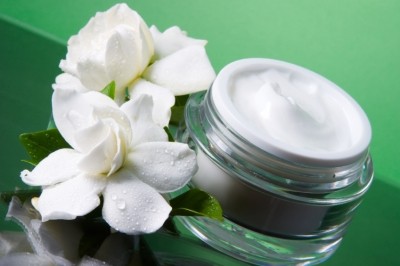Eastman chemicals to launch green versions of four popular emollient esters
The company won the US Environmental Protection Agency’s green chemistry award in 2009 for the biocatalytic process that it says can save 75 percent of the energy used and greenhouse gases emitted, compared to a more traditional production method.
Eastman first launched an ester produced with the biocatalytic process at the trade show in-cosmetics 2008, and is now planning to release greener versions of 2-Ethylhexyl Palmitate, Myristyl Myristate, Isopropyl Palmitate and Isopropyl Myristate.
The green profile of these ingredients is related to the manufacturing process used to produce them rather than the raw materials used, explained platform development leader Marcie Natale.
“These esters are made out of 85 percent natural molecules and 15 percent petrochemical-derived materials. For the moment we aren’t concentrating on replacing the petrochemical derivatives, rather on making these popular ingredients in a more environmentally friendly fashion,” she told CosmeticsDesign.com USA.
However, one of the four new esters, the myristyl myristate, will be completely vegetable-derived, she said.
In addition, after the launch of the new esters, which will start at the end of this year, Eastman will look at creating new esters; using new raw materials, Natale added.
“When we start looking at naturally derived raw materials we want to take into account where it comes from. We particularly don’t want to use ingredients that compete with food sources,” she said.
Palm oil or coconut oil would have good potential as raw materials, she said, as would oleic acid that comes from pine trees.
Rosin resins can improve color cosmetics adhesion
The company was also showcasing a range of rosin resins at the show for use in lip products.
Rosin is sourced from pine trees and the ingredients, although in the company’s portfolio for a while, are now cosmetics grade.
They can be used in lipstick and mascara to improve color adhesion as well as helping give a glossy finish, technical service technologist for the company, Suzanne Dobbs, explained.






